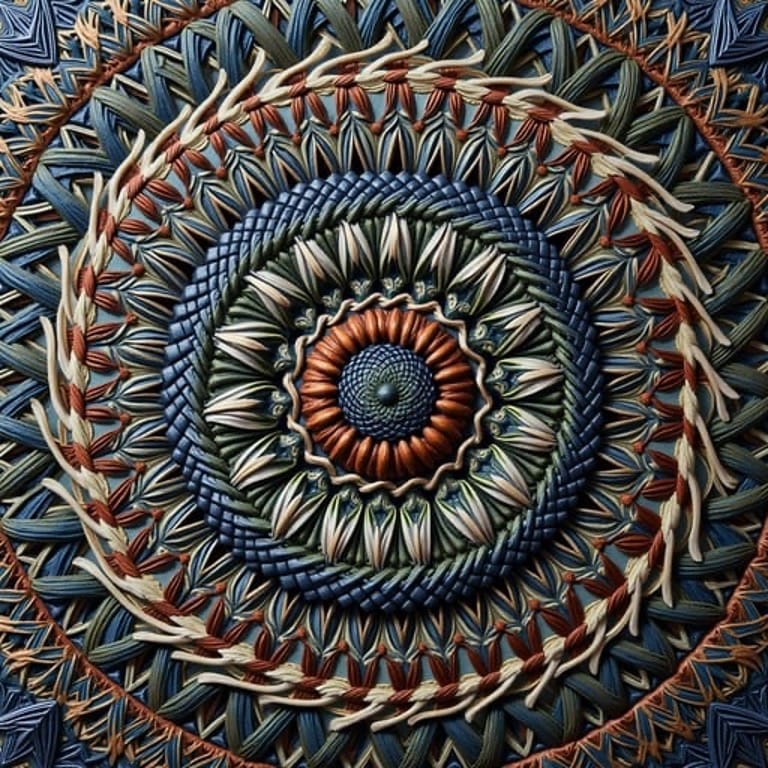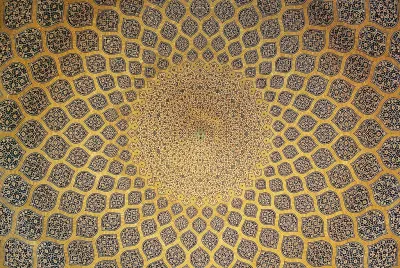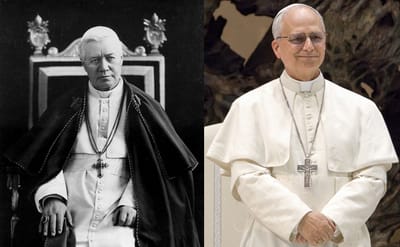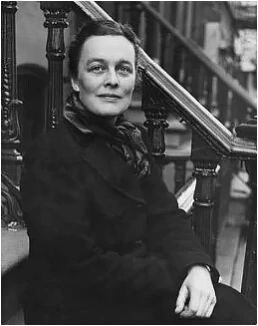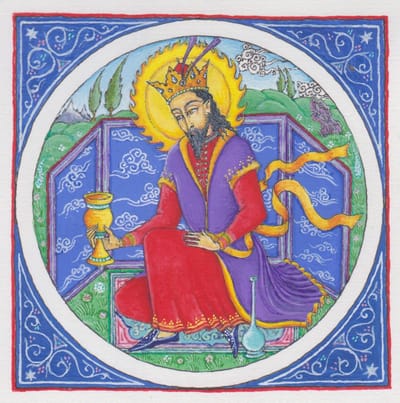We live in an essentially “Fortean” world these days. When searching for meaning we instinctively turn not to the normal, the time-tested, the long-established, but to the extreme, the anomalous, the weirdly abnormal. “Normalcy” seems timid and unadventurous to us, complacent, boring, dreary and “moderate”—which is to say that we have pretty much abandoned the notion that anything could be a norm, and have defended ourselves against seeking or returning to any kind of norm by the postmodern dogma that whatever masquerades as a norm is really a power-construct, a conceptual or behavioral imperative imposed upon us by some regime of cultural imperialism, a case of propagandistic “colonialism” laid down by this or that elite, whether openly manifest or deeply hidden. We have rejected the center and gone in search of the periphery instead; this is why we are increasingly haunted by the feeling that we are merely peripheral beings.
That “anomalism” itself might be an unconscious habit that has been slowly but surely imposed on us by a social engineering campaign conducted by the very shadowy elites we fear, possibly in order to break down all established cultural paradigms so as to render human society more malleable to clandestine control, is an idea that never enters our heads. And of all traditional and existing norms, the most central, the one that functions as the root of all the rest, is the human—simply because we ourselves are human beings and can never be anything else. And it is precisely the human that now seems most boring and passé to us. The only way we might possibly free ourselves from the sense of oppression we feel in the presence of our own humanity—our own unrealized and abandoned humanity—seems to be to seek the anomalous, the “far out”, and consequently to flee the human form by all available routes. In light of this, it would not be going too far to say that the search for the anomalous, our implicit faith in the extreme, the eccentric and the never-before-imagined, is the most direct route to the transhumanist deconstruction of the Human Form.
It’s not that our humanity has been stolen from us; it’s that we are in the process of throwing it away.
What we routinely miss in this way of thinking is that, according to the esoteric doctrines of all the world religions, and many of the cosmo-conceptions of the First Nations as well, it is precisely the human that is the greatest mystery, the single hidden doorway to the most arcane secrets of the mystical life—hidden simply because it is all too familiar. It is the deepest mystery of all owing to the fact that the Human Form is the comprehensive mirror of the Absolute in terrestrial existence. It is what the gospels call the “pearl of great price,” our true birthright, which we are now in the process of selling, like Esau did in the Book of Genesis, for “a mess of pottage,” undoubtedly satisfying in the moment but with no future to it whatsoever after it has been consumed. We are cooking and eating our seed-corn, consequently there will be no crop of grain next year, and starvation threatens. We are selling the human seed for a vast collection of electronic words and images, which have no real substance and no power to reproduce anything less ephemeral than themselves. It’s not that our humanity has been stolen from us; it’s that we are in the process of throwing it away.
In the face of this Great Abdication, it is time to renew our quest for what Islam calls al-Fitra, the Primordial Norm of the Human Mystery. In the alchemical tradition, the “greater mysteries” of union with the Absolute must be preceded by the “lesser mysteries,” our return to the “Adamic” Human Form, to the way we were when God first created us, since it is only from an integrated human center that the ascent through the higher ontological worlds can be accomplished without pitching the misguided soul into the outer darkness, where there will be “the weeping and the gnashing of teeth.” And if it be asked “how then do we begin?” the answer is simple, albeit difficult, since the Treasure we have scoured the universe to find is buried in our own back yard. As for the sovereign method of securing it once it has been located, that can be summarized in three words: Excavate the Heart. The “far-out” that we have sought, and in so many ways found, has now become the conventional, the go-to default position in the domains of conception and speculation, while the centrality of the Human Form, in this age of conspiracy theorizing and cosmic paranoia, has emerged as the true unpredictable factor, the real hidden mystery of things. It is to those who hear the call of that Mystery, and have the courage to follow it wherever it leads, that these words are addressed.
And since I am a Muslim, I will end this meditation with the Surah an-Naas, the last surah of the Holy Qur‘an, which was sent to combat the final temptation the human race will be subject to in this cycle of manifestation—the temptation to reject the Human Form.
Bismillah ar-Rahman ar-Rahim,
Qul: a'oozu birabbin Naas
Malikin Naas
Ilaahin Naas
Min sharril waswaasil khan Naas
Allazii yuwaswisu fii sudoorin Naasi
Minal jinnati wan Naas.
In the Name of God, the Beneficent, the Merciful,
Say: I seek refuge in the Lord of Mankind,
The King of Mankind,
The God of Mankind,
From the evil of the sneaking whisperer,
Who whispereth in the hearts of Mankind,
Of the Jinn and of Mankind.
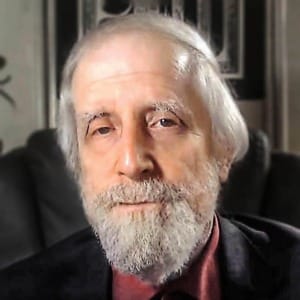
Charles Upton is a poet and metaphysician who lives in Lexington, Kentucky. He is the author of several books, published by Sophia Perennis, including Day and Night on the Sufi Path (2015), and What Poets Used to Know: Poetics • Mythopoesis • Metaphysics (2016).

